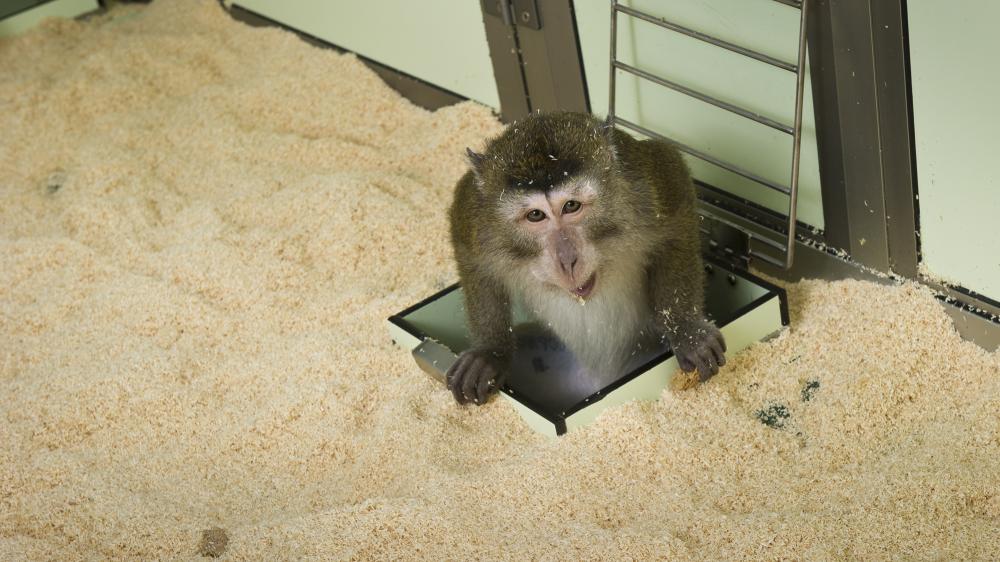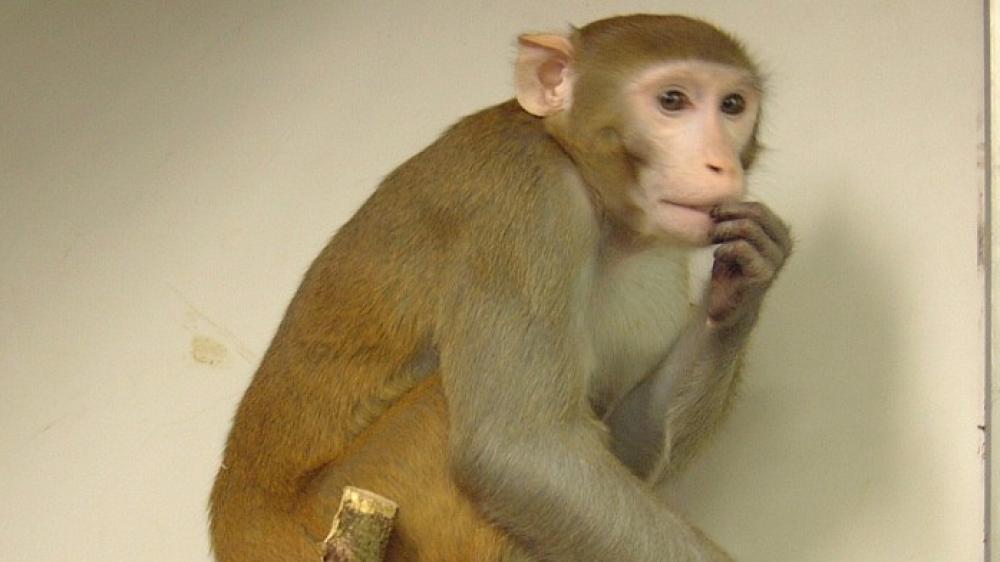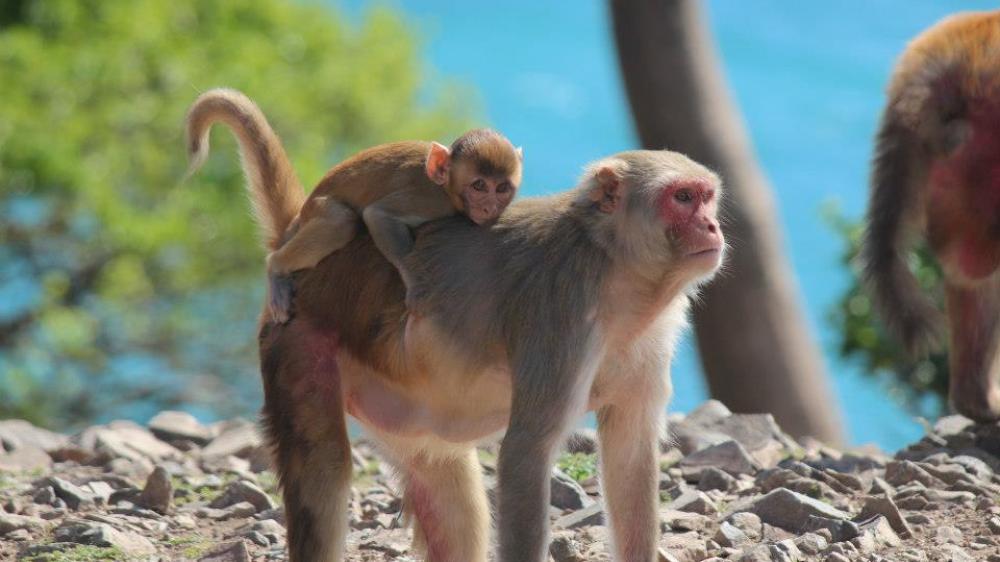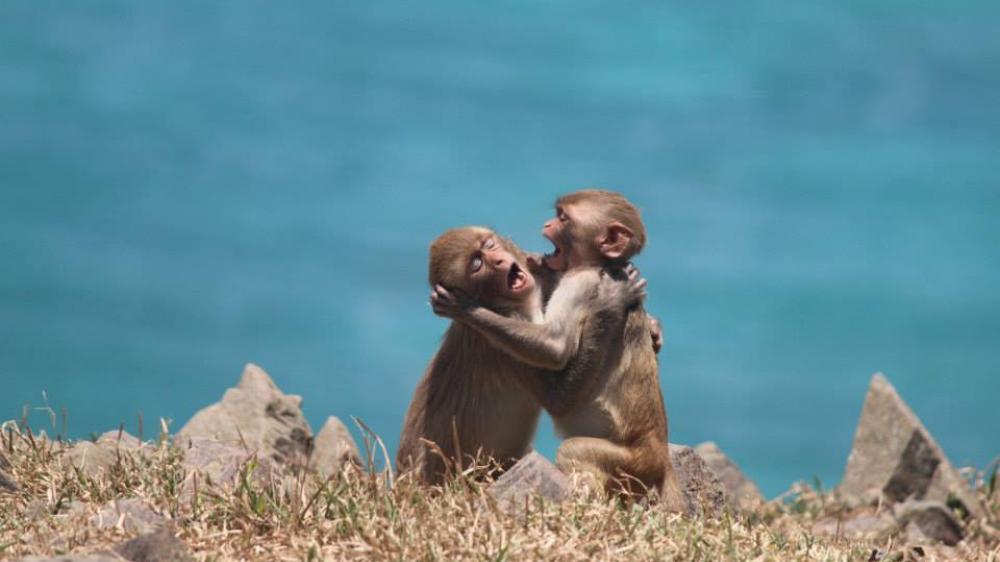About macaques
Macaques (Macaca spp.) are Old World monkeys, with the greatest geographical distribution of all non-human primates, across Asia, Southern Europe and North Africa. There are 22 species; the two most commonly used in research and testing are the cynomolgus macaque (Macaca fascicularis) and the rhesus macaque (Macaca mulatta).
Understanding the life history and behaviour of macaque species is essential for providing the best possible care in captivity and for achieving the best quality science from these animals.
Appreciation of life history variables (such as ecological niche, social organisation, developmental stages) and natural behavioural repertoires can help to improve, for example, housing and enrichment design, ease of management of social groups, and the ability to train individuals for voluntary cooperation with scientific procedures, all of which will benefit animal welfare.
Macaques that can express a wide range of species-, age- and sex-specific behaviours are more likely to be able to cope with the challenges posed by husbandry and scientific protocols.






